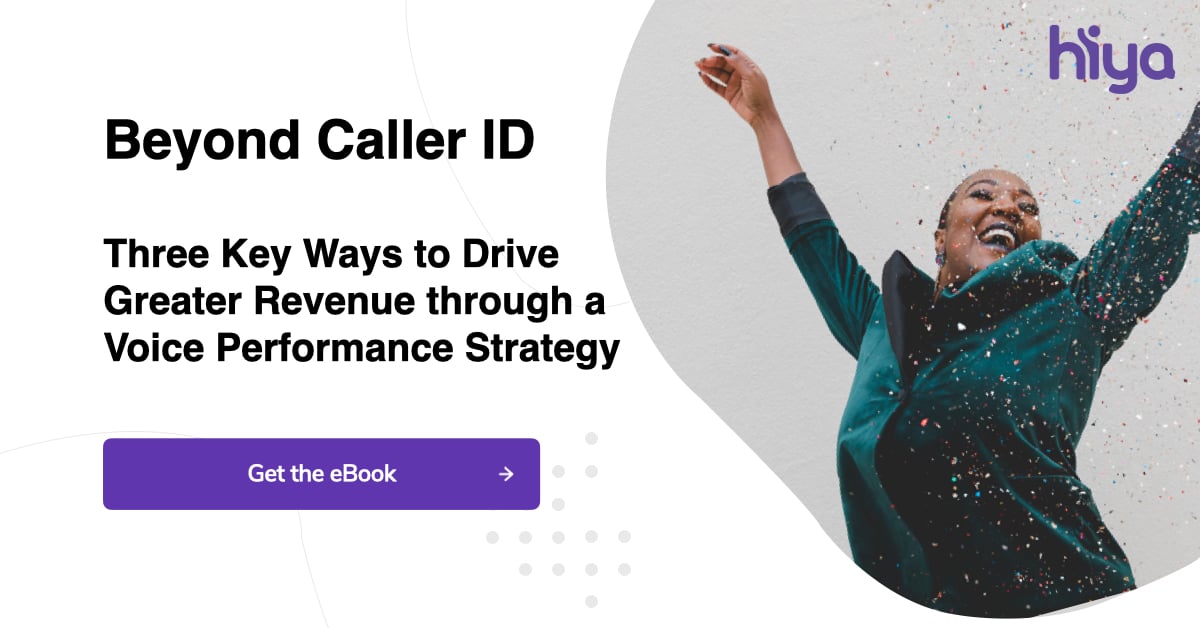
Excellent customer service is a key component of good business. In every industry, customer service is one of the key drivers of conversion and retention. In a call center, customer satisfaction is especially important since agents directly interact with customers every single day. You need to be sure that your agents are meeting customer needs and providing value. The best way to determine whether you’re successfully doing that is through the Customer Satisfaction Score.
We’ll be breaking down what the Customer Satisfaction Score is, how to measure it, and why you should be using this score to determine how well your company is performing.
Why Use a CSAT Score?
While customer satisfaction (CSAT) is essential to creating a healthy omnichannel customer experience, it is deceptively difficult to measure. Each person your brand interacts with has unique experiences that shape their overall perceptions of what you stand for. Measuring customer satisfaction using CSAT is one of the most effective ways to get a quantitative metric of how well your business is meeting your customers’ needs.
CSAT also gives you a direct line of communication for your customers to provide you with feedback on how well your brand is performing. This qualitative feedback is an invaluable tool for you to use when planning, evaluating, and adjusting your overall strategy.
In the contact center world, maintaining high customer satisfaction is the ultimate goal. In order to achieve this goal, companies should constantly strive to understand exactly what their customers are thinking and feeling during each and every interaction. CSAT gives you the insight you need to better serve those in your target market.
How do you Measure Customer Satisfaction?
The best way to measure customer satisfaction is to create and distribute a CSAT survey for your target audience to fill out.
Because you’re doing your best to turn a qualitative element (satisfaction) into a clear metric using CSAT, it’s important to be aware of the potential biases that could affect the survey results.
For example, because a CSAT survey is free-response, those who respond will likely have either a very positive or very negative experience. Those with a neutral attitude may not feel like they have a reason to take the survey. Additionally, in a free-response survey, people can say whatever they want, so it can be difficult to extract from them the information that will be the most valuable.
Here are some best practices for making your CSAT surveys as effective as possible:
Gathering Data
The best CSAT surveys contain a few well-crafted questions that are simple to understand and easy to answer. If a survey is too confusing or contains too many questions, fewer people are likely to respond. Your first question can be as simple as “How satisfied are you with your experience?” If you are looking to measure a specific aspect of your customer’s experience, you could make the question more specific. “How satisfied are you with our agent’s customer service?” is an excellent first question for a call center’s CSAT survey.
Allow your customers to respond on a scale of 1 to 5. Make sure you specify which end of the scale is “very satisfied” and which end is “very dissatisfied.” Using a 5 point scale will urge respondents to think about exactly where they fit on the scale, and it will give you a way to quantitatively measure their answers.
Another important component of a CSAT survey is a free response question. Ask your customers for feedback. You can do this by asking questions like “Tell us more about your experience,” or “What would have made your experience better?” Provide a text box respondents can use to fill in details about their experiences.
Once you have written your questions in a way that is simple and easy to answer, determine where you will distribute your survey. You may consider sending your customer an email directly after a call to evaluate their experience. You could make a form readily available on a landing page on your website. Another option is to send a follow-up email a few days after the customer interaction to ask them how satisfied they are.
Calculating your CSAT Score
It can take several weeks to gather enough data to draw reasonable conclusions from your CSAT survey. The ideal amount of responses you want before you begin analyzing depends on the size of your customer base.
Your CSAT Score measures the percentage of your satisfied customers (report either a 4 or 5 on the satisfaction scale). Calculate your customer satisfaction score by dividing the total number of respondents who reported either a 4 or a 5 by the total number of survey respondents. Multiply this number by 100 to get your score!
The best way to utilize your CSAT is to track it over time, taking notes of positive or negative trends. When you notice that customer satisfaction is tipping too far one way or the other, dive into your qualitative data by reading individual customer responses. Make notes on what you can improve, and take actionable steps to implement these improvements.
It’s important to continue gathering data as you make changes in your customer service procedures so that you know exactly what is working and what isn’t. Customer satisfaction is a metric that is constantly changing, so be sure to stay ahead so it doesn’t catch you by surprise if it drops.
What Is a Good CSAT Score?
One of the top indicators that your customers’ needs are being met is an increasing CSAT. If your CSAT is low, set goals to beat your own performance before trying to outperform your competitors.
That being said, there are industry benchmarks provided by the American Customer Satisfaction Index that give estimates of industry-specific CSAT averages every year. The recent average score has been around 75 out of 100.
Remember to take into account factors like low response rates, biased responses, and industry-based complexities as you analyze your customer satisfaction. CSAT doesn’t give all the answers, but it does provide a launchpad into further qualitative research, like small interviews or focus groups.
When Should You Use a CSAT Score?
If your company interfaces with customers daily, then you will benefit from measuring your customer satisfaction. There are several and effective natural methods to distribute a customer satisfaction survey.
CSAT surveys are most natural when given in conjunction with a key touchpoint in the consumer’s experience. After they interact with an agent, it is helpful to know how satisfied they are with that interaction. This also provides an excellent troubleshooting opportunity.
For call centers, the best time to distribute a CSAT survey is immediately after a call. Have your agents send an email to the customer as soon as they hang up the phone so that the conversation is fresh on the respondent’s mind. This will allow them to be honest in their responses and give more valuable qualitative feedback.
How using Hiya improves Customer Satisfaction
Hiya’s primary goal is to enable contact centers like yours to connect with their customers in meaningful ways. Our software is designed to protect your reputation from fraudulent imposters by providing secure, Branded Calls.
We also want to help you develop a voice performance strategy to drive revenue and help you grow your business. Our Hiya Connect dashboard provides you with all the meaningful insights you need to take real, actionable steps to success.
We believe that customer satisfaction goes far beyond an answer rate. To learn more about the three key ways to drive revenue through a voice performance strategy, Download our Beyond Caller ID eBook.




